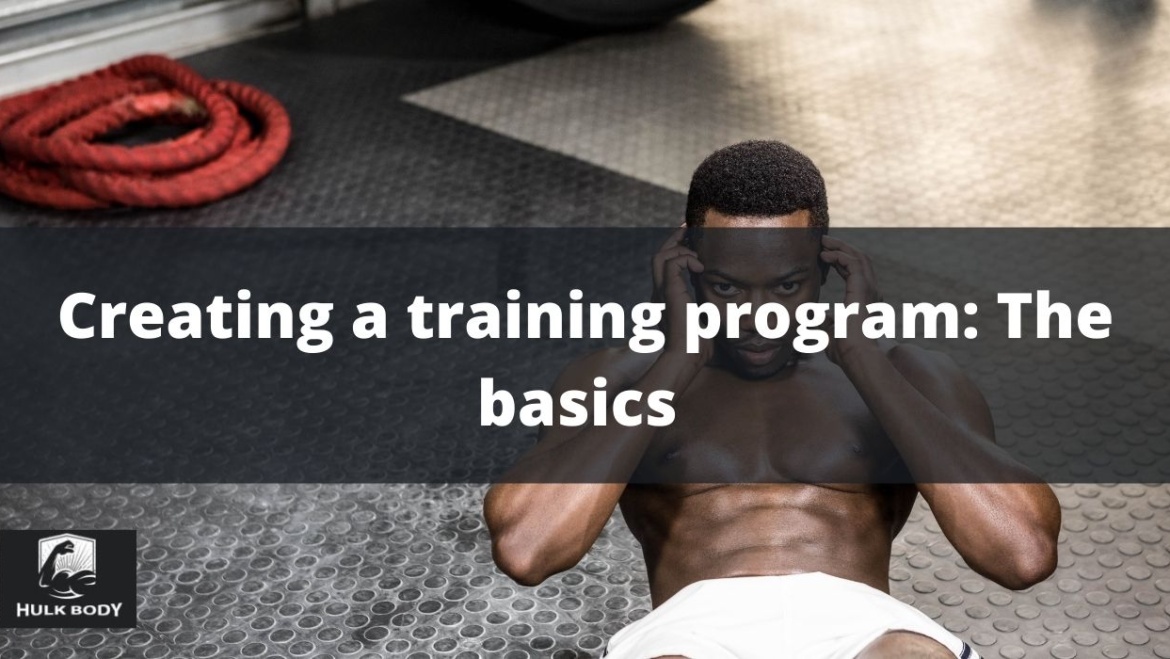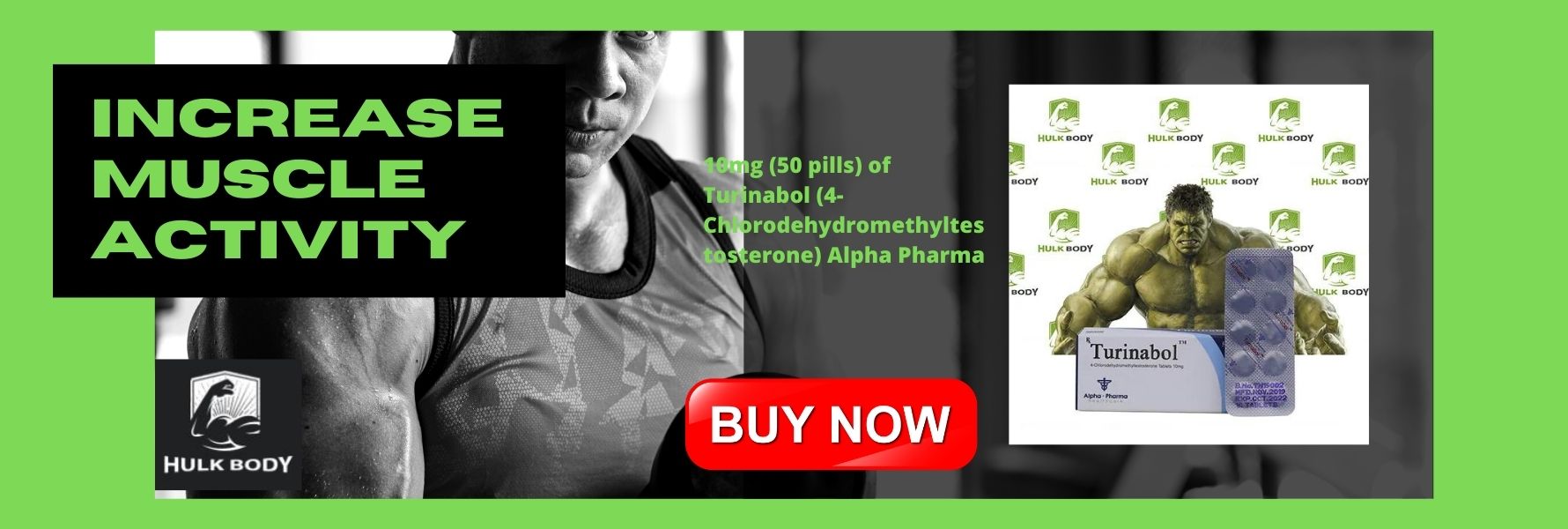Creating a training program: The basics
The main goal of the first three months of training is to learn how to independently create training programs that meet your personal goals in bodybuilding and correspond to the characteristics of your body. In bodybuilding, there is no one-size-fits-all long-term training program. As for beginners, the training program with which it is worth starting to train for them is universal and equally suitable for everyone.
Where to begin?
Beginners should not start training each muscle separately, as such an approach contributes to incorrect general physical development, and in some cases even harms health. We suggest performing basic exercises, that is, those that immediately involve many muscles and which are designed for the largest muscle groups.
Start working with weights with which you can complete 15-20 repetitions. Avoid rejection approaches, as beginners don’t need them. This is one of the most effective techniques for general physical training for a beginner. It is this approach that lays the foundation for your beautiful and strong body.
The main task of a bodybuilder who wants to start training is to create the basis for further training, namely, to accustom the body to regular loads and if possible, strengthen the ligaments and increase overall muscle strength. For this, the main efforts of novice athletes should be focused on basic exercises. For more experienced bodybuilders, isolating exercises are more suitable, allowing you to give the muscles expressive and sharpened forms.
Each exercise of the complex must be learned to perform absolutely correctly (preferably under the guidance of a coach or a more experienced friend). As a last resort, use photo or video materials.
To get used to the technique of performing an unfamiliar exercise, you need to do it first without weight, which will help a novice athlete to avoid injuries in the future. The load should be increased gradually. At the initial stage, it doesn’t make sense to work until the muscles completely fail, but over time it should become a habit.
Starting to train, it is advisable first of all to work out large muscle groups (legs, back and chest), as they require more energy costs and significant psychological stress, therefore it is better to work on them with fresh strength. In the second half of the workout, you can move on to working out the smaller muscle groups.
For the first three months, you do not need to change the schemes according to which you will train, but at the end of this period, the muscles, while getting used to this complex, can stop the increase process. If this happens, you need to change the pattern of exercises, their order, the number of sets-repetitions, as well as the rest time between sets. This will prevent the muscles from adapting to the usual load and they will continue to grow.
In the process of training, the psychological attitude of the athlete is of great importance. He must constantly mentally concentrate on the work of the muscles, imagining that they all increase in size and become stronger every minute.
Tip: To increase the progression within your workouts when you are starting, many athletes and gym users start with light supplementation such as Anavar, Turinabol or Dianabol, as these substances allow for increased strength gain, increased endurance and increased recovery times for the muscle repair to take place.
Diary of a novice bodybuilder
Every bodybuilder must keep a constant record of their condition. To do this, it is necessary to keep a diary, where data on the physical and mental state of the athlete is entered daily. The general example of a well tracked diary consists of 7 components:
- State of health (good, satisfactory, unsatisfactory);
- Sleep (sound, intermittent, lack of sleep);
- Efficiency (high, medium, low);
- Appetite (good, fair, bad);
- The pulse rate (should return to normal in 5-7 minutes after the next exercise, the norm is 60-80 beats per minute, after a small load – 90-110, after an average load – up to 120 and after a heavy load – up to 160 or more);
- Respiratory rate (should return to normal in 2-3 minutes after the next exercise, the norm is 15-18 breaths per minute, after load – 60-70 breaths per min);
- Desire to train (great, indifferent, lack of desire).
If you are planning on taking some spots supplementation to increase the efficiency and effectiveness of your training and lifestyle, please record your intake within your diary also, as taking the right substances on the correct days and allowing time for a break in-between the oral courses, will ensure that your health is not impacted and also the effectiveness of the substance is fully maximized within your training.
Exercises classification
All bodybuilding exercises can be divided into two main types:
- Multi-joint (basic), when performed, several muscles work at once (for example, squats).
- Single-joint (isolating), which load only one muscle (for example, curling the arms with a barbell).
For beginner athletes, the main emphasis should be on basic exercises, since they allow them to develop several muscles at the same time, which is necessary to quickly overcome initial detraining. In addition, it will lay the foundation for future high-weight workouts.
But even when performing basic exercises, one muscle receives the most intense load. For example, squatting mainly involves the quads and to a much lesser extent, the hamstrings, glutes, and back muscles.
Tip: For basic exercises which are mainly used to grow the strength and muscle mass, the most favored supplementation that is used is Dianabol or winstrol orals. With the use of these substances, you can maximize the muscle gain, the performance within your exercises and also maximize the effectiveness of the food consumed and also the rest periods. You can find these substances with more information regarding their many great benefits within our online store with home delivery.
Number of repetitions
Repetition in bodybuilding refers to performing a specific exercise once. If, for example, an athlete lifts the barbell with the biceps 10 times in a row, then we can say that he is performing 10 repetitions.
As already mentioned, at first you need to use a small weight, performing a significant number of repetitions (15-20) strictly technically, which will allow a beginner athlete to master the technique of performing the exercise and controlling their muscles. After two weeks of such workouts, you can reduce the number of repetitions to 12-14 in the main set and to 15 in the warm-up set (at the beginning of each exercise). At the same time, you need to select the weight in such a way as to be able to skillfully perform the named number of repetitions, as well as bring the muscles to such a state in which there is no way to perform a single repetition incorrectly from a technical point of view.
If it is not possible to skillfully do 12 repetitions, the weight should be reduced, but if a beginner effortlessly performs more than 14 repetitions, then increase it.
Practice has shown that work with a weight of 70% of the maximum leads to optimal results. The maximum weight in bodybuilding is the weight at which an athlete can technically perform one repetition correctly.
Number of sets
A set in bodybuilding is a series of repetitions of one specific exercise. It is advisable for a beginner athlete to start each exercise with 2 warm-up approaches for each muscle group (with low weight) and then perform 1-3 approaches with maximum weight. The result is typically 3-5 working sets for each exercise.
Finding the optimal working weight
When starting to train, it is better to use the minimum weight in order to feel the work of a particular muscle group and learn how to perform the exercise correctly. After a couple of weeks, you need to increase the load slightly.
But for the first set, it’s best to still use light weight. Even experienced athletes do the first set of exercises of 16-20 repetitions with ultra-light weight or no weight at all, so that the muscles and connective tissues involved in the exercise warm up and fill with blood.
For the second set (10-12 reps), add a couple of small weight plates. If it was possible to do this without much difficulty and at the same time the technique of performing the exercise was strictly followed, you need to increase the weight even more. If the same 12 reps are performed again with the correct technique, you need to increase the weight again, but quite a bit.
The gradual increase in weight and then a decline in weight with each new set is called a pyramid set and this is one of the safest ways to train.
Weight is added until 8-12 repetitions are given to you with tremendous difficulty. Thus, having determined the optimal weight, in the future you need to train with it, so that after 8-12 repetitions the muscles refuse to work. You can only increase the weight again when the athlete’s strength grows and he can increase the number of repetitions. If this happens, then you can increase the weight by 10%. The athlete may not be able to cope with this new weight at first, that is, he will not be able to complete 12 repetitions, but this will certainly happen after a while.
This scheme (called the “overload principle”) can be used to train further. The point of this principle is to regularly give your muscles a load slightly higher than what they are used to. In response, the muscles begin to accumulate protein in the cells, that is, they become larger and stronger. The usual load does not give such an effect. In order to monitor your progress, you need to keep a training diary.
A typical mistake for novice bodybuilders is the desire to take on more weight, helping yourself with your whole body. This should not be done. Bodybuilding and weightlifting are two different things. The bodybuilder’s task is not to take weight, but to build a harmonious and proportional body. It is better to take less weight and perform the exercise flawlessly than to swing at exorbitant weight and sin with the technique, which sooner or later will lead to injury.
Exercise speed
In the process of performing exercises, all movements should be done without haste (it is a moderate speed that gives the best results in bodybuilding) and under constant control of consciousness. In no case should they be performed mechanically.
The following formula for speed has proven itself well:
- 2 seconds to lift
- Instant muscle tension at the top point
- 2 seconds to lower the weight
Breath
It is very important for a beginner to learn how to breathe correctly when performing the exercise. Before starting the repetition, you need to take a deep breath, go through the most difficult phase of the movement on exhalation, inhale again at the top point and complete the repetition again on exhalation.
Recovery time between sets
It takes some time for the forces to fully recover after the next set. It is determined by each athlete individually, but as a rule, it takes 45 to 90 seconds to recover.
Optimal training frequency
To fully recover from a good workout, the body needs at least 48 hours and sometimes more. Experienced bodybuilders have the following rule, that if your muscles ache even a little, you should not rush to the next workout. A beginner athlete should not train more than three times a week and no more than one hour a day. The main thing is the quality of the workout, not its duration…..

Tips for beginners
- The main task of a beginner is to strengthen the ligaments, increase overall muscle strength and accustom the body to regular exercise. Therefore, the main efforts of novice athletes should be focused on basic exercises. Isolation exercises are designed for more experienced bodybuilders who are involved in giving the muscles a sharpened and expressive form. A new exercise must first be done without weight to get comfortable with its technique. An improper technique can lead to injury.
- When performing exercises in a standing position, you need to keep your head straight, bend your back slightly and your legs should be shoulder-width apart. The gaze should be directed straight ahead.
- When you just started training, you should not immediately work until the muscles completely fail, but you still need to approach this state.
- You can’t stand still between sets and it’s best to stretch. This not only develops flexibility, but also speeds up recovery before the next set. When stretching, you should not make jerks and sudden movements.
- First, large muscle groups (legs, back and chest) are worked out, after which small ones are activated. The first ones require more energy costs and mental efforts, so it is more expedient to work on them with fresh forces.
- For the first 2-3 months, it is advisable to train according to the same scheme. But at the end of this period, the muscles will get used to this complex and may stop responding to it with growth. In this case, you should change the exercises, their order, the number of sets-repetitions and the rest time between sets. This will prevent the muscles from adapting to the load and they will begin to grow again.
- During training, you need to focus on the work of the muscles, try to feel each working muscle, imagining that it becomes larger and stronger every minute.
- At the beginning of each workout, you need to warm up on a stationary bike or other aerobic exercise machine (rowing, stepper, etc.).
- Each time you need to check whether the weight plates are well fixed on the bar. You don’t need to jerk the projectile or throw it up with your whole body.
- Before using the simulator, you must adjust it in accordance with your parameters.
And remember the main thing, that before you start exercising, you must undergo a medical examination if any ill health has occurred!















